Up Next

While all the attention is on the battle for this year’s world championship between Max Verstappen and Lewis Hamilton, back at the 10 Formula 1 bases most will be focused on the challenge of the 2022 cars.
We’ve heard it described so many times as the famous ‘clean sheet of paper’, but the teams aren’t really starting from scratch.
Yes, many components will be redesigned, the aerodynamic concept is completely different, many of the structures underpinning the car will have changed significantly.
But one thing remains constant and that’s the knowledge and understanding that the team brings to the car.
McLaren technical director James Key recently described this as the crucial thing that carries over into 2022.
“In terms of components there’s very little carryover,” said Key. “There are certain things like systems, you take the hydraulic systems or some of the electrical installation and the boxes associated with that and maybe aspects of the braking system, the fire extinguisher.
“All these internal systems have a certain level of carryover or at least a very close design to what we’ve used in the past because they are fundamentally doing a very similar job in what will look like a very different car.
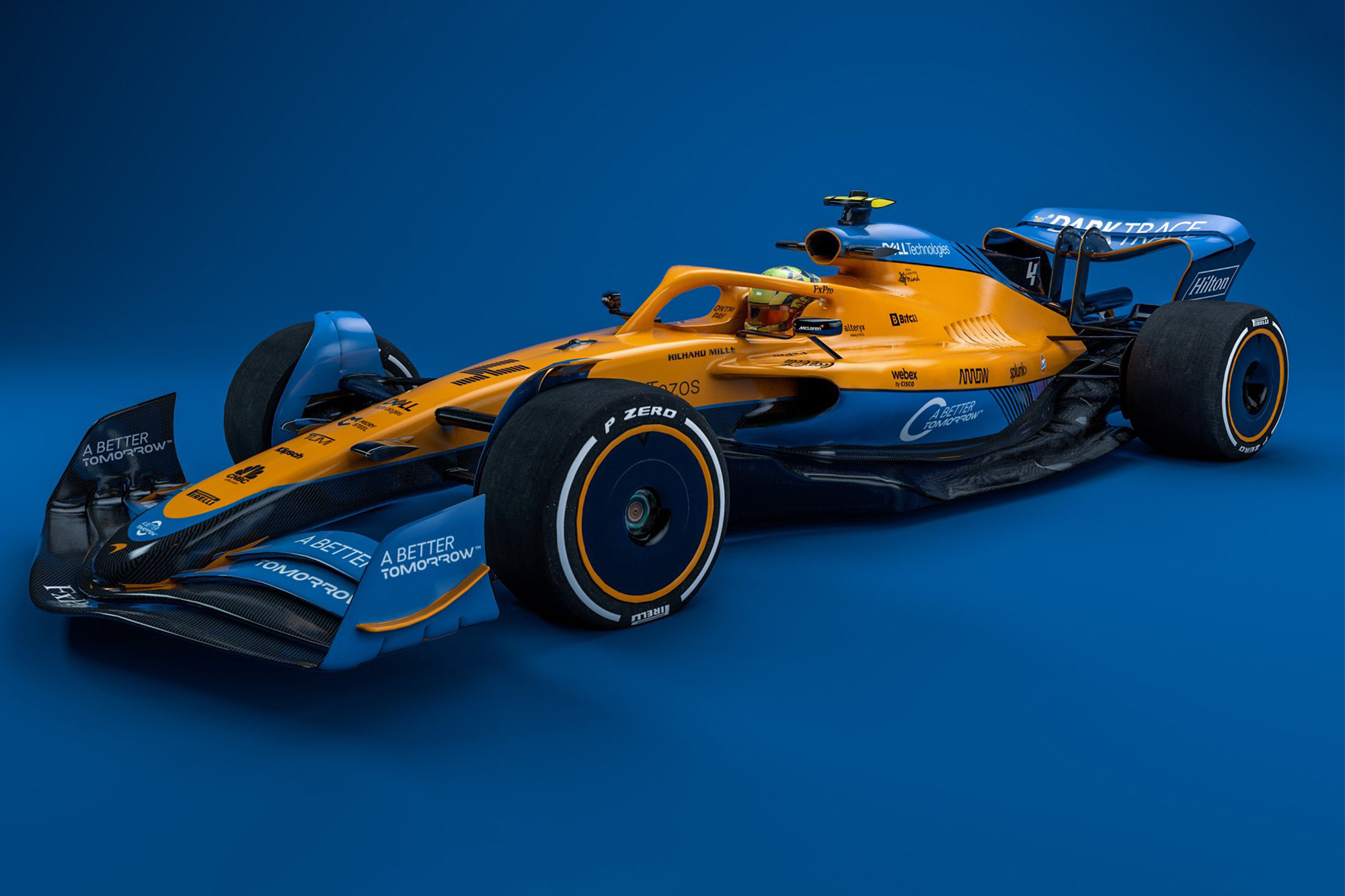
“As far as the bits you’ll see, and because of other rules the gearbox and so on, it’s a completely blank sheet of paper so there’s very little physical carryover or really even design carryover.
“The biggest carryover, which you won’t see at all, is the knowledge that you have of what you believe makes a car go quick. Between ’21 and ’22 that understanding and those targets play the same game.
“You’re not going to have a very different approach to ’22 in terms of what you are trying to achieve with your car. So the knowledge carries over and you can use that to shape your plan and how you want to design it and what your priorities are.”
So let’s have a look at what Key is really talking about here. Overall, it points to something I’ve always said, which is that what really matters is how much a team really understands about what makes its car quick. No team knows absolutely everything, but the best ones have the biggest depth of understanding.
Having confidence in your development direction leading up to any major rule change is very important. I have always believed that the day you stop thinking about what your next steps should be with your current car and then proving it (if only to yourself) is the day that you go backwards.
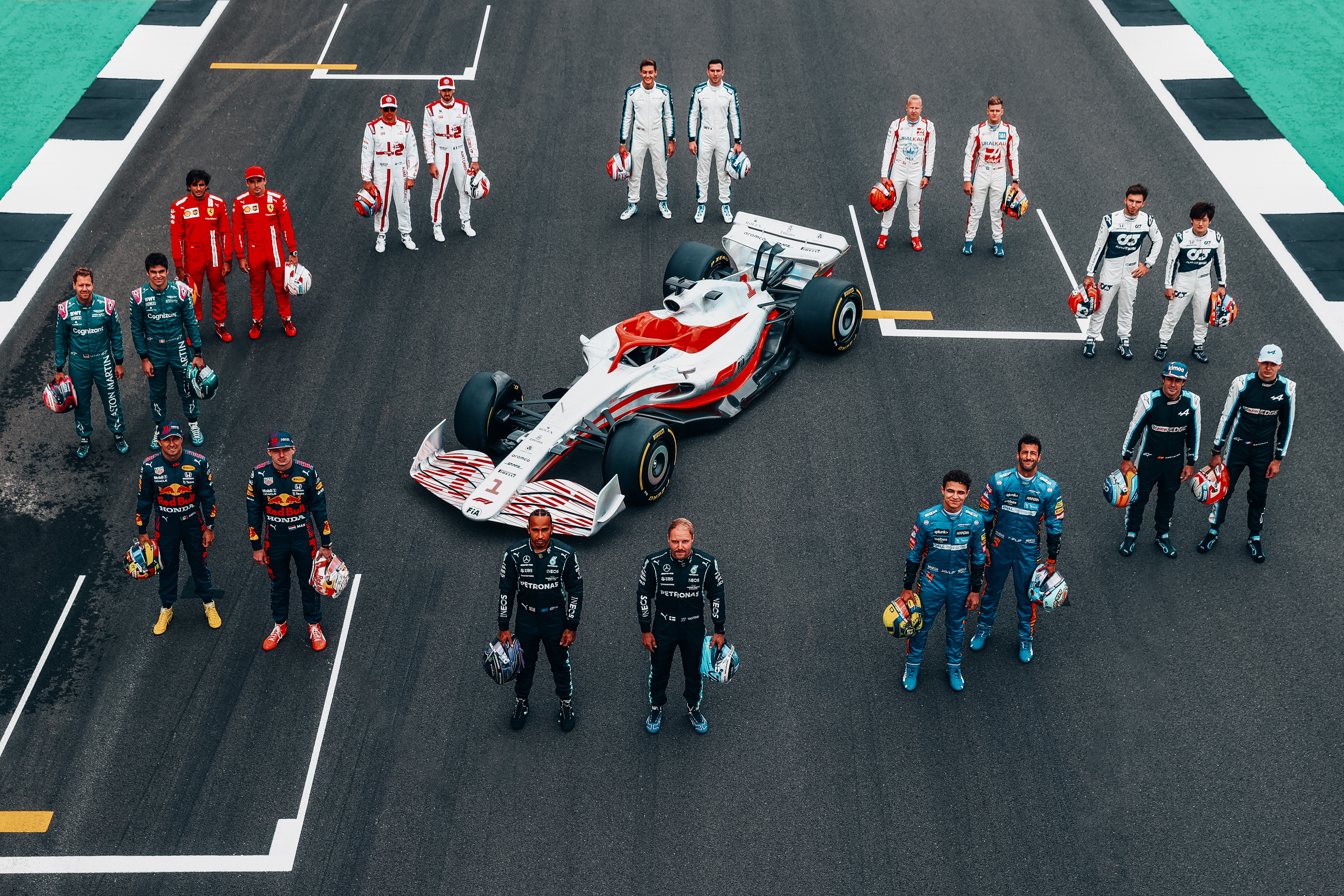
We always talk about the ‘clean sheet of paper’ design, but unless we get changes that will allow a completely open set of regulations that simply say “to get on the track you have to be able to drive through a set of goalposts at the end of the pit road and everything is legal within that”, then it will never start from nothing.
Underneath what we will see visually next year, which is where all the changes will take place, there will still be a racing car that develops forces, has longitudinal and lateral weight transfer, requires good braking stability and traction, needs to be able to ride the kerbs and on top of all that and most importantly gives the driver confidence to push it to the maximum.
None of that is new. It is just about how you go about achieving it within the new regulations.
One of the first things any team will do is set out the criteria for the new car, which will include aerodynamic shift with ride height changes, varying steering lock, roll and yaw. It will also include load shift with varying steering lock and roll.
All of these numbers will be defined initially at least from past experience and are transient conditions that are critically important to the driver’s confidence.
One of the early questions that every team will be asking itself is “how do we go about defining the rake we will use to develop the car around?”. It was such a controversial fundamental element at the beginning of this season that I am sure it will rear its ugly head in many design meetings on many occasions.
Most teams will now be 75% committed to their 2022 concept. Things like the chassis, or at least the rear of it to house the fuel tank, need to be finalised simply to allow enough time to manufacture that component.
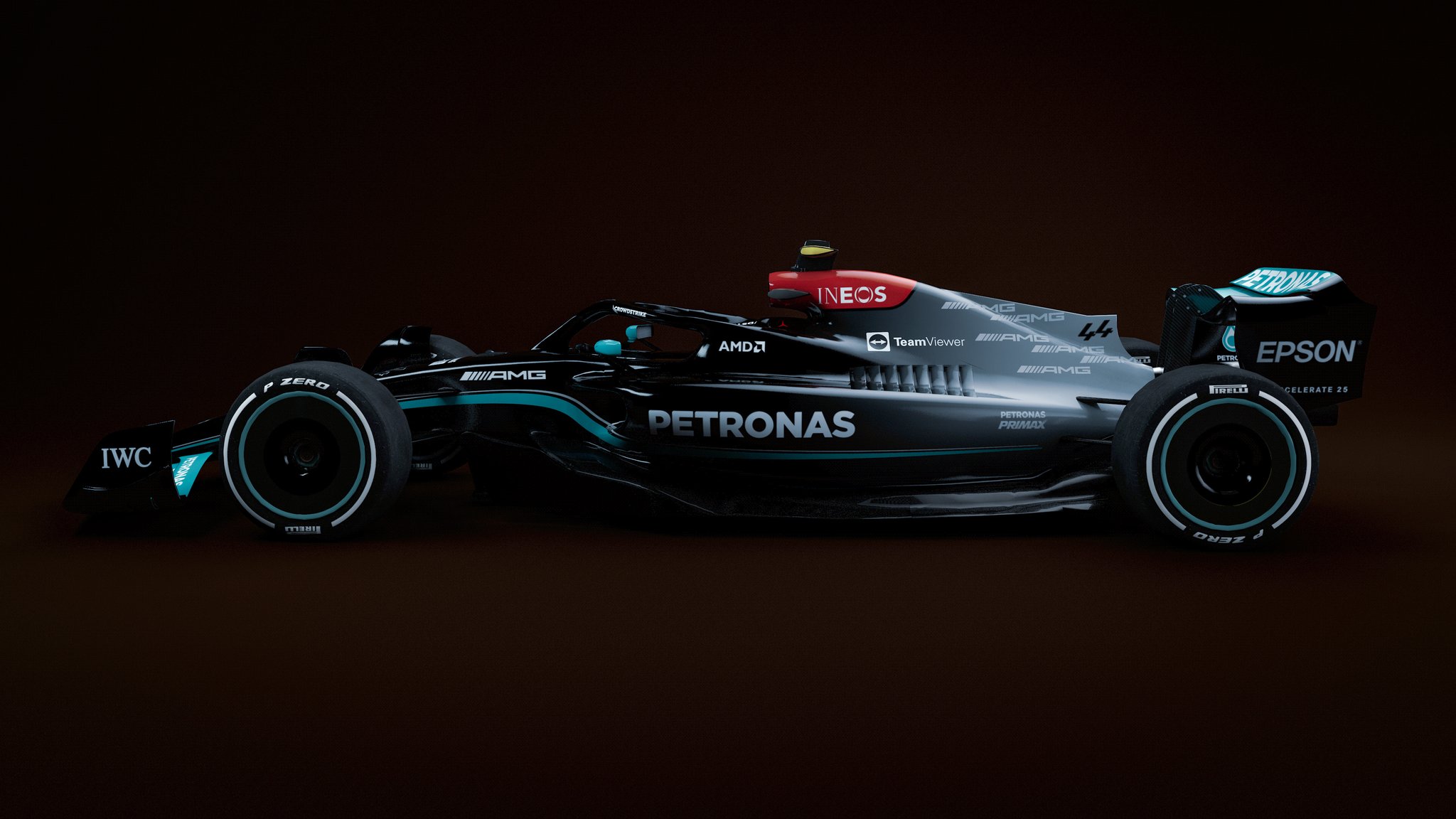
That then connects up to the engine – which for most will be very similar to this year’s designs – and that in turn is connected up to the gearbox.
Internally it won’t be vastly different and externally once again needs to be as small a cross-section as is practical with the suspension location optimised to suit the new 18-inch wheelrims.
I would imagine most teams would go for the Mercedes concept of moving the suspension links as far rearwards and upwards as possible. The airflow through that area will still be critical to the performance of the diffuser and given the limitations on car development for 2021, this is the first time the rest will have had a chance to integrate this design from scratch.
As for the rest of the car, it is all about design release dates to allow for manufacturing. The more complicated designs are, the more time it will take to manufacture, so the large components like the fuel tank, the gearbox and the chassis need to be defined first.
Then all the rest will follow suit so that the last small components will arrive in the car build bay on the day the car is due to run. Planning all of that in itself is as complicated as the actual design process and if anything goes wrong in that process it can set any team back before they have a chance to understand what they have created.
I would think most teams will put together an A-spec car just to get up and running, get as much data as possible on this spec, see what the others have been up to and then plan a ‘B’ spec for the final pre-season test or, if you have the confidence, for the first race.
It might be a new car for 2022, but you need to focus on what improves performance. You don’t need a new brake pedal unless there was something wrong with the old one.
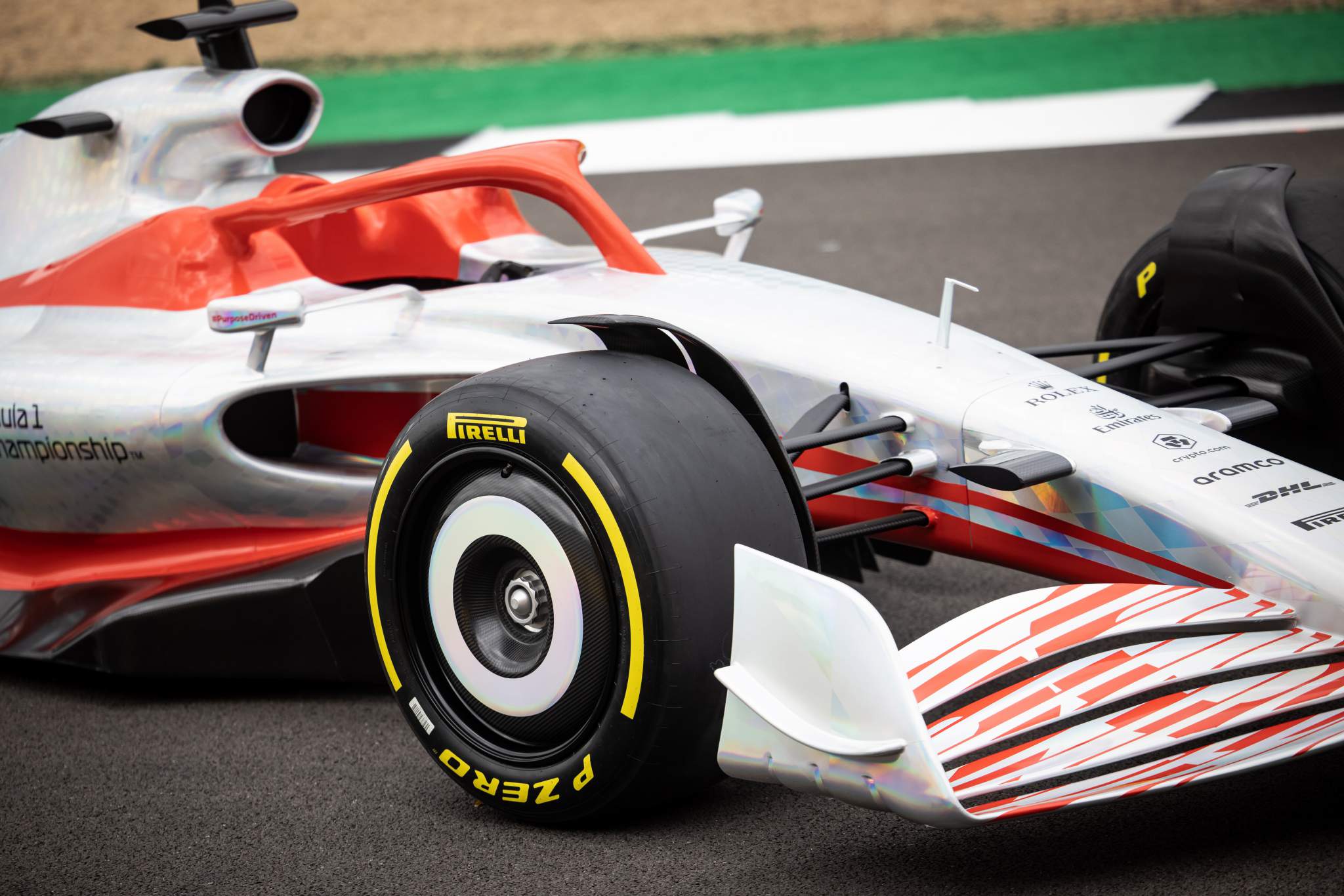
Along the way, it’s essential not to forget what you have learned over the years leading up to these changes. The driver is still the major part of performance so you need to satisfy their needs and not just add on those couple of points of downforce because it makes the peak numbers look better. On most occasions, the driver will not be able to use it and it will spook them because of the inconsistency.
When there is a change of regulations to this degree initially everything is going to be different. In the end, the actual forces on next year’s cars will be very different and the teams will be pushing to maximise that as much as possible.
Also, the characteristics of the underfloor/diffuser and front wing with ride height changes will also be very different. The simulators that most teams have should eliminate a lot of the potential problems but what needs to be remembered is that the simulators Boeing was using to optimise the characteristics of the 737 Max aircraft weren’t capable of detecting its problems and they were only discovered when the pilot was put in charge.
If the car has a decent, stable aero map then it will make sense to the driver and, in turn, their comments will make sense to the engineers. This means a development path can be identified much earlier than if the car just doesn’t make sense and you are trying to troubleshoot.
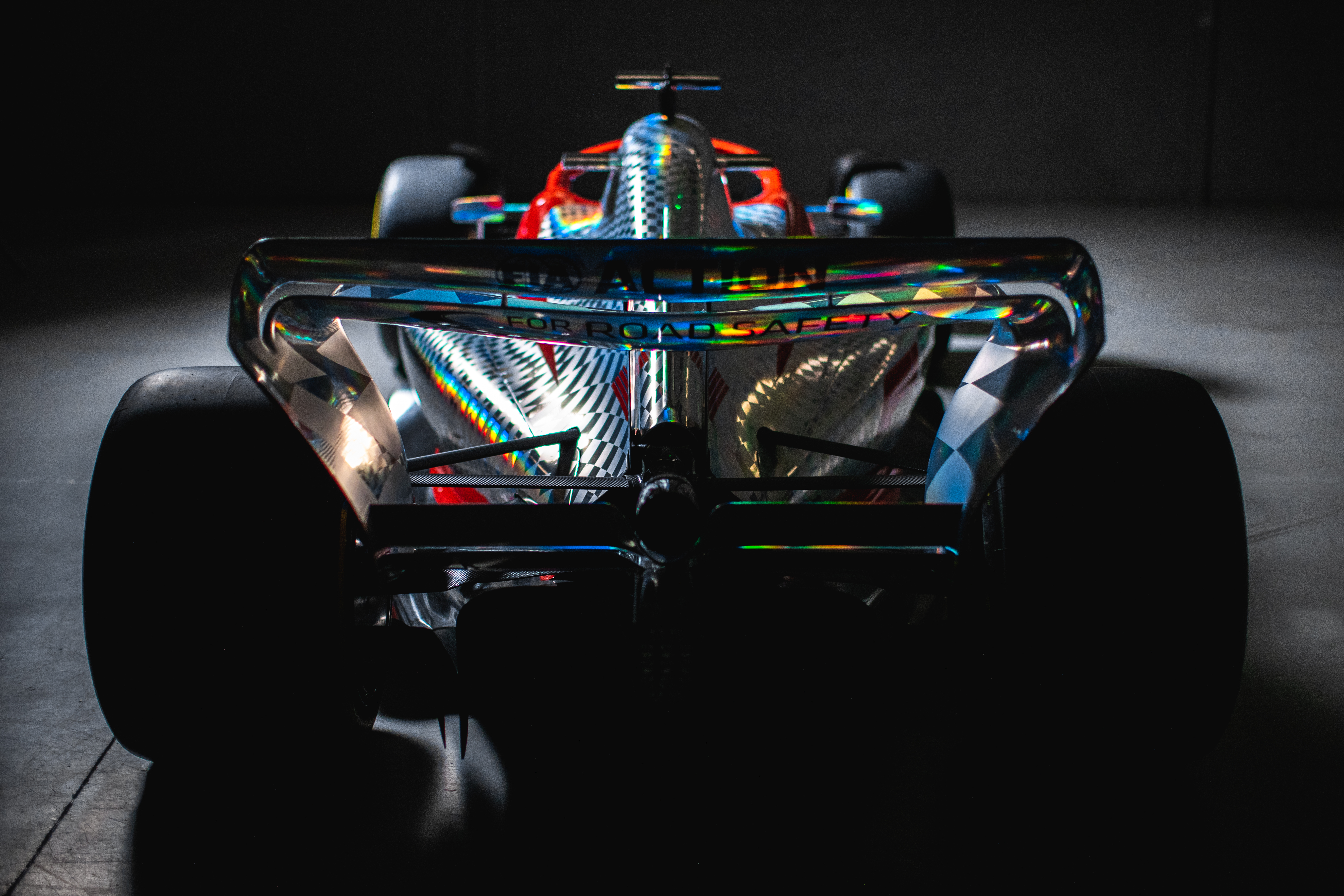
All cars have certain characteristics in what is often referred to as their DNA. In reality, that is simply the outcome of the understanding and knowledge you have used to design it. This means there’s every chance that aspects of the behaviour of cars can carry over despite the fact there is a big change.
Red Bull and McLaren are good examples of this. Max Verstappen and Lando Norris are happy with their cars’ characteristics and are able to put in great performances. Pierre Gasly, Alex Albon and now Sergio Perez at Red Bull and Daniel Ricciardo at McLaren are not so at ease with what they have.
Does that mean that Red Bull and McLaren should change direction? In my opinion, no, but they should take heed that they are as far away with those characteristics as they should be going.
The car that hits the track next year will be the product of a team’s knowledge, understanding and approach. While the so-called clean sheet of paper does let you start afresh, it’s still the same people and tools doing the work and it’s all about applying those skills to the new rules set.









